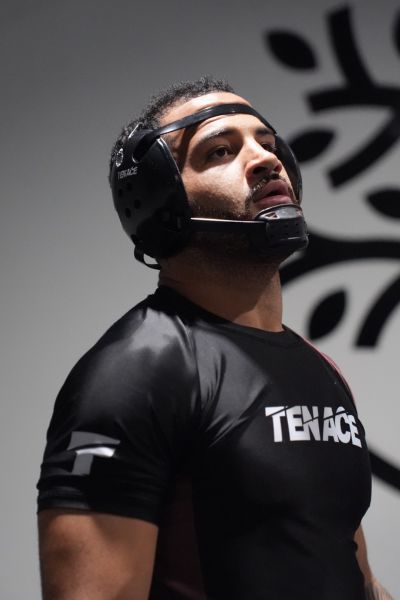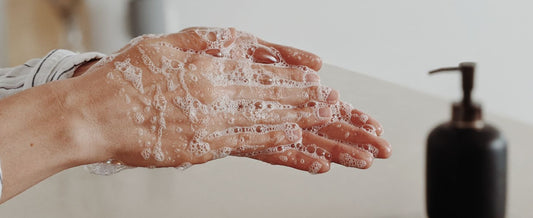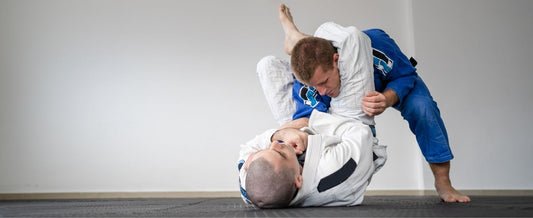For a mixed martial arts, wrestling or jiu-jitsu practitioner, it is essential to protect the ears during training, and this has been known for several years. These ear protectors have evolved considerably over the years, improving in design and materials to offer greater protection and comfort.
- Evolution of Ear Protectors Over Time
The concept of protecting the ears in contact sports is not new. Since the early days of wrestling and boxing, athletes have sought ways to avoid the painful and disfiguring injuries known as cauliflower ears. Initially, solutions were rudimentary, consisting of makeshift bandages and padding that did not always offer effective protection.
- First rudimentary solutions
In the early days of wrestling and boxing, athletes faced a significant risk of developing cauliflower ears due to constant friction and blows. To protect themselves, wrestlers resorted to rudimentary methods such as wrapping their ears in thick bandages or using homemade pads. These methods provided minimal protection and were often not very effective, as the bandages could slip or become loose during intense activity, again exposing the ears to the risk of injury.
- Appearance of the First Commercial Protectors
In the 1950s, the first commercial ear protectors began to be developed. These marked a significant advance in the protection of athletes. Early models were simple in design, usually made from basic materials such as leather and foam. Although these initial protectors offered limited protection, they represented a crucial step toward preventing more serious injuries.
- Innovations and Improvements in Design and Materials
Over the decades, technological advances have allowed for the creation of much more sophisticated ear protectors. Some of the most significant innovations include:
-
Advanced Materials: Early ear protectors used leather and basic foam. Today, materials such as high-density plastic, neoprene, and memory foam are used. Not only are these materials more durable, but they also offer better shock absorption and increased comfort.
-
Ergonomic Designs: Modern designs better fit the shape of your head and ears, providing a more secure and comfortable fit. Adjustable strap systems and contoured shapes ensure the guards stay in place during intense movements.
-
Enhanced Ventilation: To prevent sweat build-up and overheating, contemporary ear protectors incorporate ventilation systems. Strategically placed holes allow for better air circulation, increasing comfort during extended use.
-
Light Weight: Reducing the weight of protectors has been another important advancement. Modern materials allow for protectors to be manufactured that are lightweight yet robust, minimising any impact on the athlete's performance.
Innovations in materials and design have made ear protectors more effective and comfortable, while stories from prominent athletes have helped promote their use.
- Stories of Athletes Who Popularized Its Use
Numerous athletes have helped popularize the use of ear protectors, highlighting their importance for safety in contact sports. Here are some notable stories:
-
Dan Gable: This legendary American wrestler and trainer is known for his incredible wrestling career, both as a competitor and trainer. Gable has been a strong advocate for the use of ear protectors, having experienced first-hand the dangers of not wearing them. His influence has helped normalize their use in amateur and professional wrestling.
-
Cael Sanderson: Another wrestling icon, Sanderson has actively promoted the use of ear protectors. As a coach, he insists that his athletes wear them during training and competitions, highlighting their importance in injury prevention.
-
Randy Couture: Famed MMA fighter and former UFC champion Randy Couture is an example of how cauliflower ears can affect high-level athletes. Couture has spoken publicly about his experiences and has supported the use of ear protectors to prevent these painful and permanent injuries.
If you're looking to protect your ears with the best technology available, we invite you to discover our Tenace Earmuffs. Designed with the most advanced materials and a superior ergonomic fit, our earmuffs offer maximum protection and comfort. For more information and to purchase your pair, visit our link to Tenace Earmuffs. Protect your ears and perform at your best in every training and competition!




